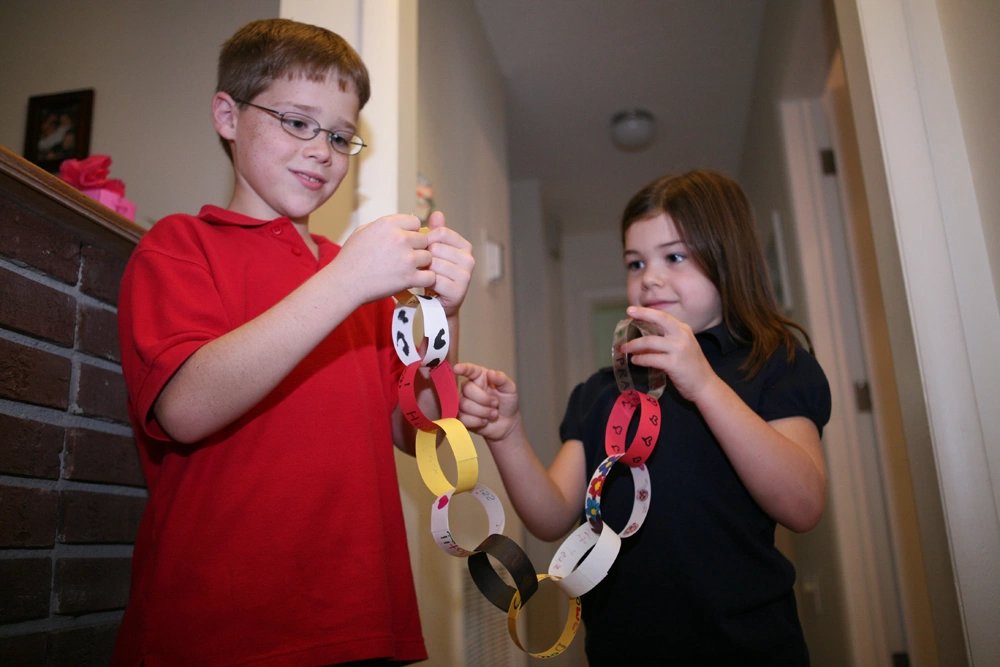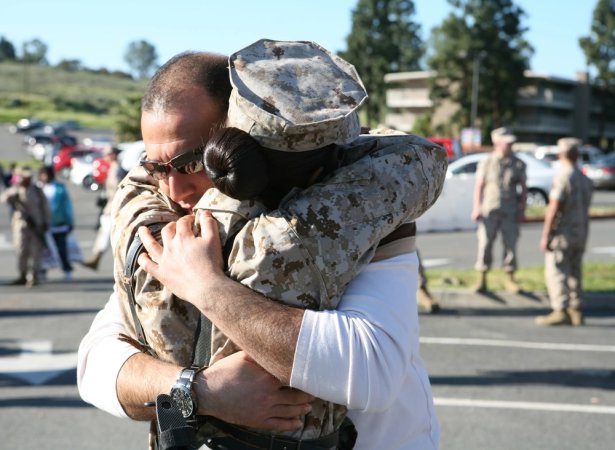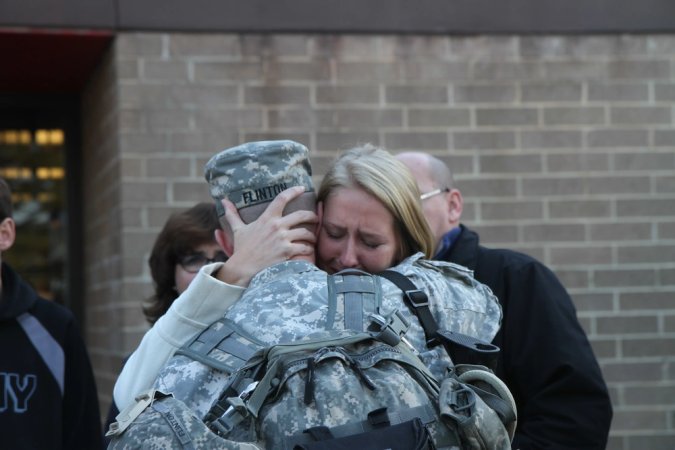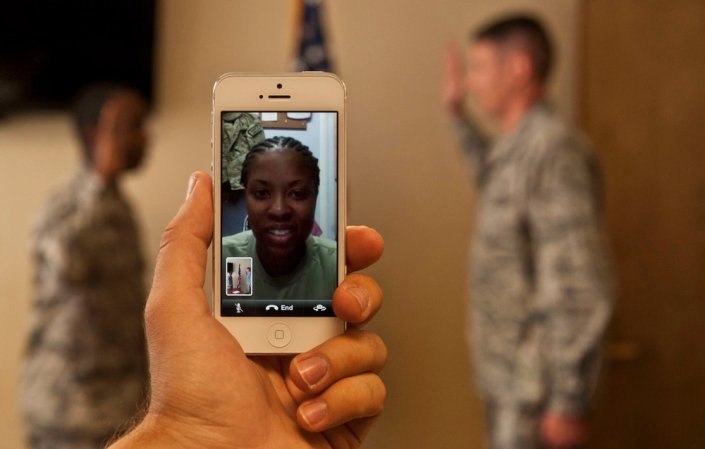Rituals are powerful tools for maintaining emotional stability during deployment. They offer a sense of routine and predictability, which can be comforting when life feels uncertain. And, rituals and traditions are the cornerstone of military life!
Creating rituals is as much about finding time and space for yourself as it is about connecting with your deployed service member. Here are five rituals specifically designed for you to navigate this deployment.
Here are 6 rituals to integrate into deployment:
1. Sunday Check-In Sessions
Set aside a dedicated time each Sunday for a personal check-in. Use this ritual time to reflect on your emotional and mental well-being. Light a special candle, put on your favorite face mask, and set practical goals and intentions for the week. Start with a journal entry to capture your feelings, challenges, and triumphs from the past week. Follow this with a meditation session or a calming activity like yoga to help center your mind. Then, use this time to review your communication plans for the coming week. Maybe it’s time to send a care package? Or maybe the two of you have been playing a game together and it’s your turn to make a move. No matter what the plan is, review it and then put it in your calendar.
2. Stargazing Around the World
On a designated night each month, head outside with a blanket and a stargazing app on your phone. Coordinate with your spouse so you’re both stargazing on the same day, even if you’re in different time zones. Use the app to find and identify visible constellations from both locations. Share what you see via text or a quick call, and dive into the stories or myths associated with the stars. This cosmic connection creates a sense of shared wonder, bridging your physical distance.
3. Time Capsule Letters and Treasures
Create a family time capsule that everyone can contribute to throughout the deployment. Start by decorating a box or container together, making it a fun family project. Then, once deployment is underway, encourage each family member to contribute to it. Include things like ticket stubs from a special outing, a favorite recipe, or a small item with a personal story. Plan to open the time capsule together when your loved one returns, turning it into a special celebration that reflects on the journey you’ve all experienced.
4. Countdown Chain for Kids
For families with children, a countdown chain can be a comforting and engaging way to mark the passage of time. Make it a family craft project where everyone helps to create the chain using colorful paper. Each link can represent a day, week, or month, depending on the length of the deployment. Make the countdown interactive by adding small activities or messages, like “Write a letter to Mom/Dad” or “Bake cookies together.” This ritual helps children see the time until homecoming and creates daily moments of joy and excitement.
5. Photo Swap Day
Choose a specific day each month to exchange photos with your spouse. Capture special moments, like a favorite meal, a scenic walk, or fun with the kids. Encourage your spouse to do the same. This monthly photo exchange helps maintain a connection by giving a visual glimpse into each other’s lives. Pro tip: Add a short video message, too. Use the video to share highlights from the past month to make it more interactive and personal.
6. Celebrate the Homecoming
Homecoming is a time of celebration, relief, and joy. It’s a period of adjustment, but it’s also a time to look forward to. Be patient with yourself and your family as you navigate this transition. Celebrating the small moments and taking time to reconnect will help make the reintegration process smoother and more meaningful for everyone involved.
Create a reunification plan that includes time for just the two of you to reconnect. You need it! You’ll also want to plan for family activities that help reintegrate your spouse into the daily routine. Think low-key to start – movie nights, a walk in the park, a quiet dinner at home. This allows everyone to adjust to the changes at their own pace and provides a structured way to rebuild routines and relationships.


















